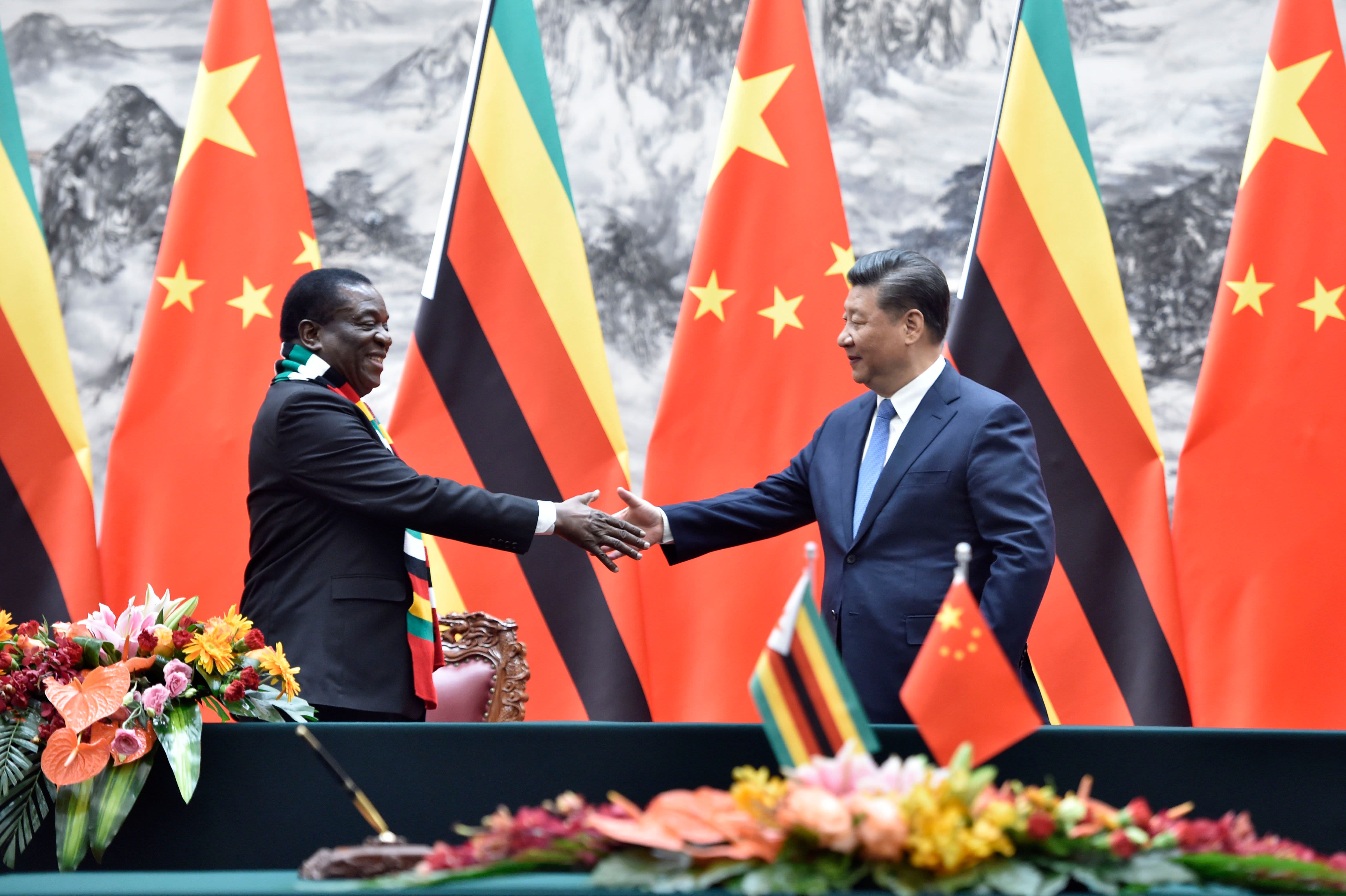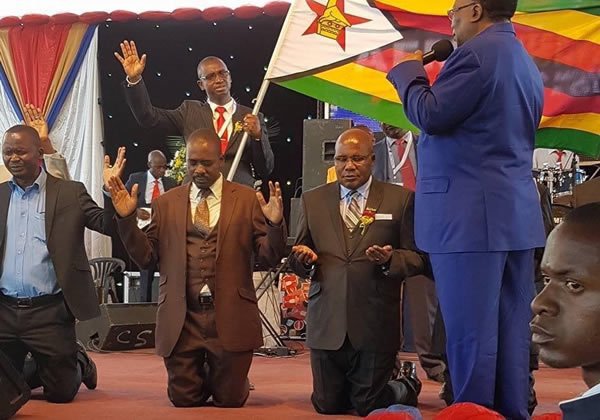by Rindai Chipfunde Vava,Elections expert

The first lesson I learnt was that BVR and the use of ICTs is not a silver bullet to all electoral challenges.
While the BVR machines worked well, they were a number of shortcomings, in particular the electoral environment whereby the opposition leaders were intimidated and arrested, mistrust of the Election Management Body (EMB) by stakeholders, late delivery of election materials to some polling centres on election day, among others.
Biometric identification is where a voter offers a fingerprint, for example, and the device will look up all the biometric data it contains to see if there is a match (a 1:N match, where N is the number of records in the database). The question being asked is “who is this person”. Biometric verification, on the other hand, asks the question “is this person who they say they are?” So, for example, the voter’s ID number is entered, then a fingerprint and the system matches the offered fingerprint against just one, a 1:1 match.
Eight candidates were contesting for the presidency, including the incumbent Yoweri Museveni. One of them was a female. The parliamentary elections were for 413 seats in the National Parliament; out of this 238 members are elected by universal suffrage, the remainder represent special groups like women, youth, persons living with disabilities, army, among others. They were 29 political parties contesting in the 2016 elections and several independent candidates.
The newly introduced system uses human body characteristics to confirm a person’s identity. It was aimed to improve inclusiveness and accuracy of the voter register. The Ugandan electoral body compiled a new voter register for the 2016 general elections by extracting data on voting age citizens from the Ministry of Internal Affairs under the National Identification Register (NIR).This was a National Security Information System (national ID) project.
There were complaints that these new developments were not communicated on time to key electoral stakeholders such as political parties, civil society organisations (CSOs) and media. As a result there was no consensus if it was the best way to go. However the final voters’ roll contained 15,277 million voters, extracted from the NIR database of about 16,46 million citizens aged 16 years and above at the time of registration in 2014.
Some of the observers hailed the extraction of the voter register from the NIR as a cost-effective practical model.
This process was wholly funded by the government of Uganda. It was reported that donors had pulled out of the biometric technology procurement after failing to agree with the EMB on the sourcing of suppliers.
However, inadequate stakeholders’ consultations led to insufficient information and voter education regarding the new system and its relationship between registering for the national ID and voter registration. As a result political parties complained that they were disadvantaged as they did not mobilise their supporters to register as voters.
The cut-off date of May 11 2015 for inclusion in the voters’ roll also disenfranchised potential voters who turned 18 years between May 2015 and February 18 2016. In my view the cut-off date could have been brought forward to a few months before the 2016 elections.
All presidential candidates were given in soft and hard copies of the voter registers. These were also used at polling station by party agents to mark and keep a record of who and how many people voted. In addition, the national voters’ register was also available on the electoral commission’s website. The voter location slips were issued in order to minimise time spent by voters locating their polling stations since as the country uses polling station based voters rolls whereby one is only allowed to vote at one designated polling station and not anywhere within the ward or constituency. The slips were distributed by the respective parish and sub-county supervisors something equivalent to a constituency and ward level in Zimbabwe.
In addition there was also an SMS facility where one could get to know their voting location upon inquiring through SMS. These are good lessons for Zimbabwe to tap on given that the country has a wider mobile network coverage.
It was also interesting to learn that the biometric voter verification system (BVVS) equipment in Uganda was procured at an estimated cost of KSh3 billion (about US$1 million) was used at all polling stations on election day. Over 30 000 machines for the 28 000 polling stations were procured.
The machine identifies voters and the voting status by using either the thumbprint or a barcode on the back of the national ID or a barcode on the voter location’s list that was issued two weeks before the polling day. The aim of the system was to strengthen the identification of voters through biometrics so that no one votes more than once in a particular election. The use of BVVS was also seen by some observers as a good practice for fraud prevention and identity verification mechanism.
The verification kits worked in most polling stations, hence quickening the verification process. They were abandoned at few centres due to human errors not machine errors like putting wrong access codes and lack of skills to use them. In those situations they reverted to the printed voters register paper copies of the voter lists with photographs that the presiding officer can use to identify voters which were available at each polling station as an alternative option in case of technology failure.
On this matter, I noted the importance of ensuring that technological failures do not disenfranchise voters, and a need for contingency mechanisms in case biometric systems malfunction, or if biometric characteristics typically used to identify or verify voters become unavailable (eg loss of finger).
The use of BVVS is not usually the case in some countries with limited resources but rather it is an additional mechanism. However printed voters’ registers with photographs or facial images of the voter are now being used in most countries.
Furthermore, adequate training on use of ICTs is key to the success of new technologies on elections. I realised that the late introduction of the ICTs with time constraints to pilot testing led to more mistrust of the electoral commission by the stakeholders as they feared technology failure. They were fears that the machines were vote rigging machines used to track the voter’s choice. Civil society and opposition groups urged the electoral commission to ensure there were backup machines in case of malfunctioning or power problems.
The greatest lesson for Zimbabwe is for the EMB to build trust and capacity as well as enhancing transparency by engaging key stakeholders at each stage of the voter registration process. If there is no trust of the EMB by stakeholders, introducing ICTs will not improve trust levels and confidence in electoral processes.
Despite the late introduction of the BVVS in Uganda, most observers noted that it worked satisfactorily on polling day and also in spite of the early warnings by the some stakeholders about the possibility of technology failure as previously experienced in some countries such as Kenya and Nigeria which employed similar ICTs in the past.
The other lesson I learnt is that, biometric voter registration reform goes a long way to ensure that the principle of one man one vote holds and that the machine identify the voter and check that the voter is in the register, but also ensures that the voting status is established thereby preventing duplicate and multiple voting. To a larger extent the investment on BVR paid off in these elections.
Having said that, I would reinforce that, BVR is not a silver bullet in solving all electoral issues. The inadequate voter education in Uganda left voters worried whether they required a voter’s card, a national ID, voter location slip or a combination of all documents to be able to vote on election day. However, the commission eventually clarified that its polling officials will have hard copies of the National Voters’ Registers at all polling stations as a final reference to determine who votes or does not.
The electronic results transmission and dissemination system (ERTDS) was upgraded whereby the results were electronically managed right from the polling station up to when they were declared at national level. Despite this reform observers complained that the tallying of votes was not done in a transparent manner as aggregated results rather than polling stations ones were being shown. The main opposition leader Kizza Besigye alleged vote rigging and did not accept the results.
Though voting was done in a calm and peaceful environment in most parts of the country, the opposition parties complained that they were faced with severe restrictions from the police and law enforcement agents to freely campaign. There were also reports of intimidation of the opposition, several arrests of Besigye and some of his supporters marred the political climate. The advantage of the incumbency and the orchestrated use of state resources and public media created an unlevel playing field.
On election day in Kampala and strongholds of the opposition, voting materials arrived late. This led to anxiety among the voters as the EMB is not perceived to be independent and there is lack of trust from stakeholders. This is mainly because they are appointed by the president.
BVR is not a magic formula to Zimbabwe’s electoral problems. It must be complemented with other reforms to enhance the capacity and independence and trust of the electoral commission, accompanied by administrative and legislative reforms and a conducive political environment in which electoral processes are implemented.
Chipfunde Vava is the director of the Zimbabwe Election Support Network (Zesn) and was an observer in the recently-held Ugandan elections. Views expressed in this article are hers and do not represent the observer mission she was under. Comments and views can be directed to rindai@zesn.net.






